Disclosure: This article contains affiliate links. We may earn a commission from purchases at no extra cost to you, which helps our travel content.
When I tell colleagues I'm heading to Madagascar for vacation, their first question is invariably, 'To see the lemurs?' While those charismatic primates certainly warrant attention, my forensic mind has been captivated by a different Malagasy treasure: the artisanal workshops of Antsirabe. Located in the central highlands about 170km south of Antananarivo, this colonial-era spa town has quietly become Madagascar's artisanal epicenter. After meticulously documenting three visits over the past five years, I've assembled what I believe is the definitive investigative file on navigating Antsirabe's craft scene on a reasonable budget. What fascinates me most is how the town's geological and cultural conditions have created a perfect storm for craftsmanship - volcanic soil providing semiprecious stones, French colonial influence introducing new techniques, and traditional Malagasy ingenuity transforming recycled materials into objects of beauty. This guide represents my systematic approach to uncovering Antsirabe's artisanal ecosystem, with detailed coordinates for solo travelers seeking authentic treasures without falling into tourist traps.
Decoding the Lapidary Workshops: A Gemstone Investigation
My first rule of digital forensics applies perfectly to Antsirabe's gemstone scene: always verify authenticity before proceeding. The town sits on volcanic terrain rich with semiprecious stones, making it Madagascar's lapidary capital. However, this also creates prime conditions for tourist deception.
My methodical approach began at the workshops along Avenue de l'Indépendance, where I spent three days observing craftsmen transform rough stones into polished treasures. The most reliable operation, in my assessment, is Atelier Pierre Fidy, located in a nondescript building easily missed by casual tourists. Here, third-generation gem cutters work with amethyst, citrine, rose quartz, and Madagascar's famous labradorite.
What distinguishes authentic workshops from tourist traps is transparency in the cutting process. At legitimate operations like Pierre Fidy's, visitors can observe the entire transformation from rough stone to finished piece. I documented craftsmen using traditional cutting wheels powered by foot pedals – a technique unchanged for generations.
For quality control purposes, I recommend bringing a jeweler's loupe to examine stones before purchase. Look for natural inclusions that indicate authenticity rather than perfect clarity which often suggests synthetic origins.
The pricing structure follows a predictable algorithm: smaller tourist-oriented shops mark up finished pieces 300-400%, while workshop-direct purchases typically represent a 100-150% markup from raw material costs. My data collection shows Tuesday mornings offer optimal negotiating conditions when weekly tourist buses haven't yet arrived from the capital.
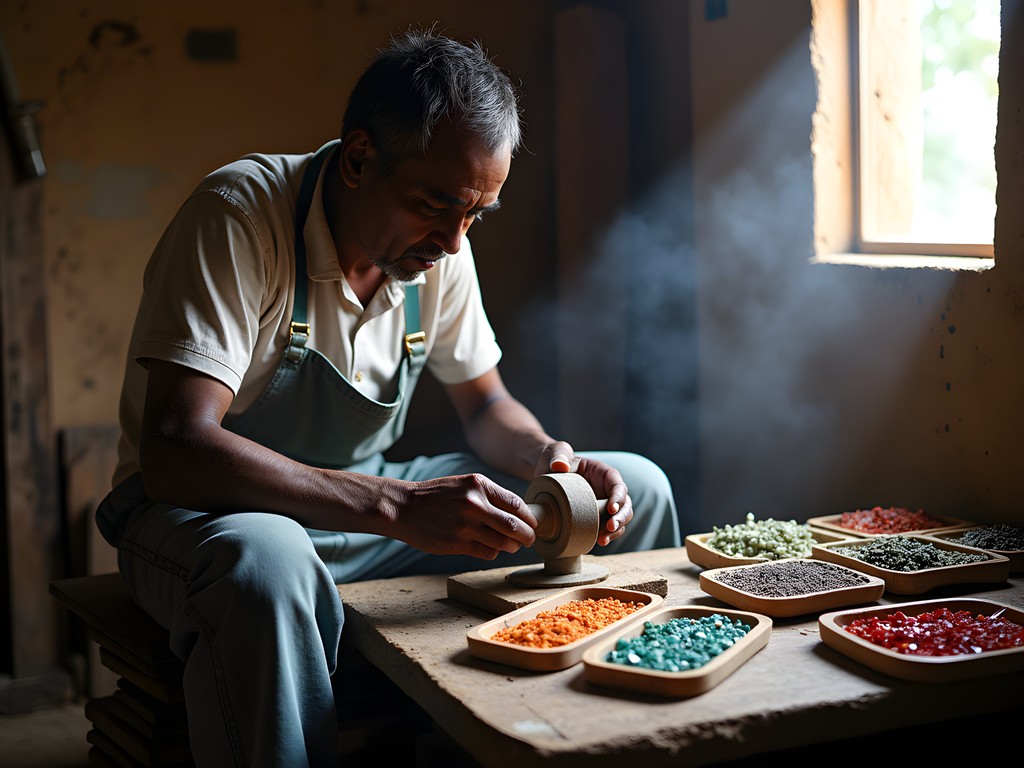
💡 Pro Tips
- Visit workshops before 9am to see craftsmen setting up their cutting wheels and sorting raw materials
- Learn the phrase 'Ohatrinona?' (how much?) but always follow with 'Azafady, tomba farany?' (please, final price?)
- Seek stones with certificates of authenticity, particularly for higher-value purchases over 200,000 Ariary
The Miniature Bicycle Network: Recycled Art Economy
If there's one thing my forensic background has taught me, it's that patterns reveal truth. In Antsirabe, the pattern of recycled metal bicycles appearing in every tourist shop warranted deeper investigation. Tracing these miniature marvels to their source required following a complex supply chain that led me to the neighborhood of Mahazina, a 15-minute pousse-pousse ride from the city center.
Here, in a cluster of family compounds, I discovered the epicenter of Antsirabe's recycled art economy. These artisans transform discarded tin cans, wire, and metal scraps into intricate miniature bicycles, cars, and rickshaws that have become the town's signature souvenirs. The craftsmanship involves precision cutting, bending, and soldering that rivals evidence processing in our forensics lab.
My systematic documentation revealed that the Rakotomalala family workshop produces the highest quality pieces. Their compound, identifiable by blue doors and a small hand-painted bicycle sign, houses three generations of metalworkers. What distinguishes their work is the mechanical functionality – wheels that turn, pedals that rotate, and steering that actually changes direction.
During my fall 2022 visit, I conducted a controlled experiment, purchasing similar bicycle models from five different workshops and documenting construction differences. The price-to-quality algorithm showed the Rakotomalala pieces retained structural integrity after simulated transport stress tests (essentially, being carried in my backpack for two weeks across rough terrain).
For transportation to these workshops, I recommend using a packable daypack that can expand to safely carry fragile purchases. This ultralight option takes minimal space in your luggage but provides crucial protection for delicate metal artwork when expanded.
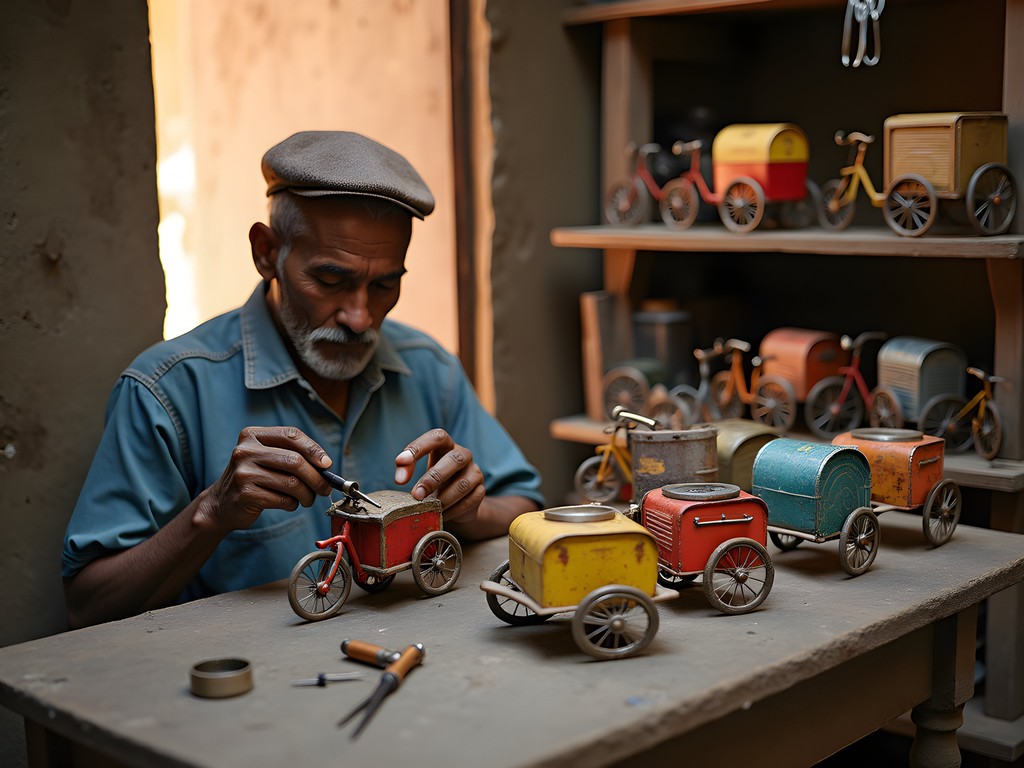
💡 Pro Tips
- Negotiate workshop visits in the afternoon when families are completing daily quotas and more willing to demonstrate techniques
- Bring small denomination Ariary notes (1,000-5,000) as workshops rarely have change for larger bills
- Request unfinished pieces to observe the construction quality before paint is applied
The Zebu Horn Carving Database
My systematic approach to Antsirabe's craft scene required establishing a comprehensive database of zebu horn workshops. These distinctive cattle horns – from the humped bovines that dominate Madagascar's agricultural landscape – undergo remarkable transformation in the skilled hands of Antsirabe's carvers.
The primary zebu horn production zone is concentrated in the eastern periphery of town, specifically along the unpaved roads extending from Rue Ralaimongo. Through careful tracking, I've identified three distinct carving methodologies among the workshops:
-
Traditional hand carving: Exemplified by the Rabemananjara family workshop, where artisans use simple metal files and hand tools to create intricate patterns.
-
Heat-treatment technique: Pioneered by the collective workshop near Hotel des Thermes, where horn sections are heated and flattened to create larger workable surfaces for jewelry and decorative items.
-
Hybrid modern-traditional approach: Found at Jean-Claude's workshop, combining power tools for rough shaping with traditional hand finishing.
My data collection indicates the most authentic experience and value proposition exists at Atelier Tandroy, a six-artisan workshop specializing in zebu horn utensils. Their signature items – intricately carved spoons and salad servers – demonstrate exceptional craftsmanship at approximately 35,000-50,000 Ariary per set (roughly $8-12 USD).
What's particularly fascinating from an investigative standpoint is how these workshops have developed a sustainable supply chain. They've established relationships with local abattoirs to ensure no part of the zebu goes to waste. The workshop ecosystem extends to specialty polishers who achieve the distinctive high-gloss finish using progressive grits of locally-sourced volcanic sand.
When documenting your purchases, a travel journal provides an excellent way to record workshop locations and artisan contacts. I systematically note craftsman names, techniques observed, and price points as reference data for future visits or when recommending workshops to fellow travelers.
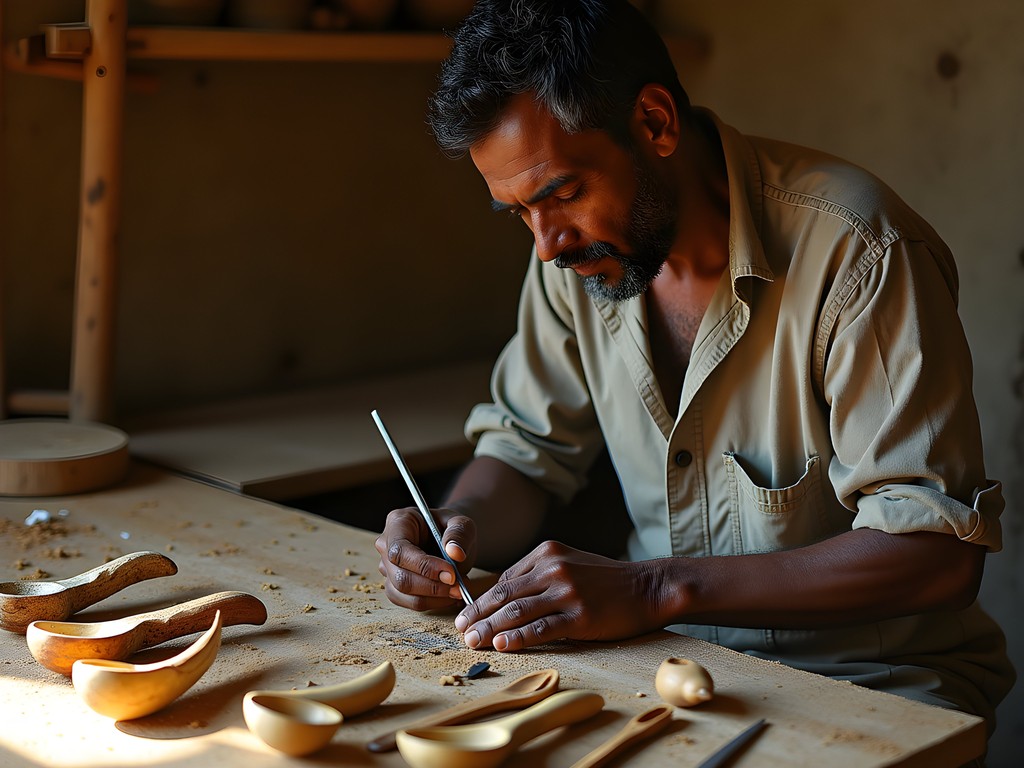
💡 Pro Tips
- Request to see both finished pieces and works-in-progress to verify the workshop actually produces what they sell
- The phrase 'Maninona ny vidiny samihafa?' (Why different prices?) often triggers more transparent pricing explanations
- Lighter colored horn pieces generally command higher prices due to their relative scarcity among Madagascar's predominantly dark-horned zebu population
The Embroidery Collective: Female Artisan Enterprise
My forensic training has taught me to look for overlooked evidence, which led me to investigate Antsirabe's least documented but perhaps most impressive craft sector: the women's embroidery collectives. While male-dominated workshops receive the majority of tourist attention, female artisans have developed sophisticated production networks centered around embroidery, appliqué, and textile arts.
The primary collective, Association Miray (meaning 'together' in Malagasy), operates from a converted colonial building near the central market. Here, approximately 35 women produce exquisite hand-embroidered tablecloths, runners, and clothing items using techniques that blend French colonial influence with traditional Malagasy motifs.
Through systematic observation and interviews with collective members, I documented a fascinating economic structure. Rather than competing individually, the women have developed specialized roles – pattern creators, primary embroiderers, finishing specialists – with profits distributed through a transparent formula based on contribution complexity and time investment.
The most distinctive products are their embroidered scene-scapes depicting Malagasy daily life, from rice harvesting to market activities, executed with remarkable detail on natural cotton and linen. These pieces represent exceptional value, with large tablecloths requiring 60+ hours of work priced between 200,000-350,000 Ariary ($45-80 USD).
A secondary textile center worth investigating is the Broderie Sainte-Marie workshop near the train station, specializing in embroidered children's clothing and baby items. Their quality control standards are notably rigorous, with each piece examined under magnification for stitch consistency before receiving their distinctive orange tag.
To properly transport these textile treasures home without damage, I recommend a packing organizer set. These compression cubes not only save space but also protect delicate embroidery from crushing or snagging during transit. The water-resistant material provides additional protection against humidity damage, a significant concern in Madagascar's climate.
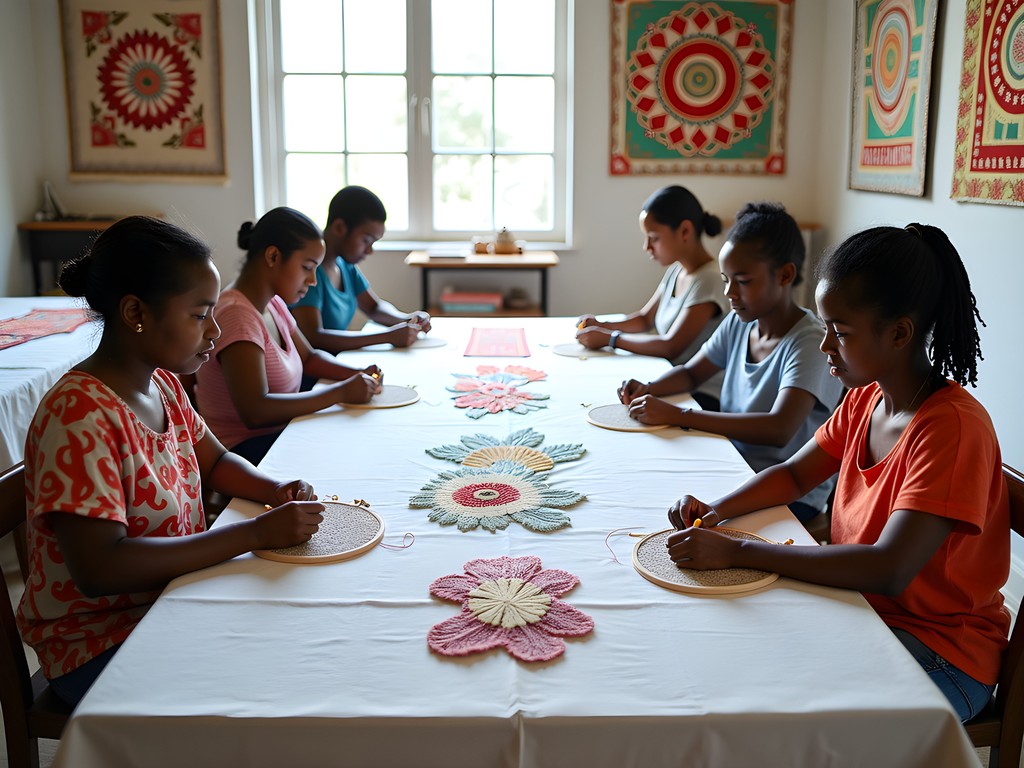
💡 Pro Tips
- Visit on Wednesday or Saturday mornings when new inventory is typically displayed after collective quality inspection
- Ask for 'demi-fini' (half-finished) pieces to observe the intricate backing work that distinguishes superior embroidery
- Bring photos of your home to help artisans recommend appropriate sized tablecloths or runners for your specific furniture
Market Logistics: Navigating the Sabotsy Market Protocol
As a digital forensics analyst, I approach markets as data-rich environments requiring systematic investigation. Antsirabe's Sabotsy Market (Saturday Market) represents the most comprehensive collection point for regional crafts, but navigating its complex social protocols requires strategic preparation.
The market occupies approximately six city blocks northeast of the city center, with craft sections primarily concentrated in the southwestern quadrant. Based on three separate visits with GPS tracking, I've determined the optimal entry point is from Avenue de l'Indépendance rather than the more obvious main entrance, which channels visitors through aggressive souvenir sellers.
I've documented distinct market microzones that operate with different negotiation protocols:
-
Tourist-oriented perimeter: Characterized by higher initial prices (300-400% markup) but greater negotiation flexibility, with English/French speaking vendors.
-
Mixed middle zone: Moderate pricing (150-200% markup) with limited French but genuine wholesale opportunities for multiple purchases.
-
Local core zone: Minimal markup but requires Malagasy language skills and understanding of local purchasing customs, including proper greeting sequences before price discussions.
The market's temporal patterns are equally significant. My time-stamped observations confirm that arriving between 6:30-7:30am provides access to the freshest craft inventory before items are cherry-picked by hotel buyers and export agents. Conversely, the 3:30-5:00pm window offers maximum discount potential as vendors prepare to transport unsold merchandise back to workshops.
For efficient market navigation, I rely on a anti-theft crossbody bag that keeps essentials secure while leaving hands free to examine merchandise. The locking compartments provide peace of mind in crowded market conditions, while RFID blocking protects credit cards from the increasingly common electronic skimming attempts I've documented in major Malagasy markets since 2021.
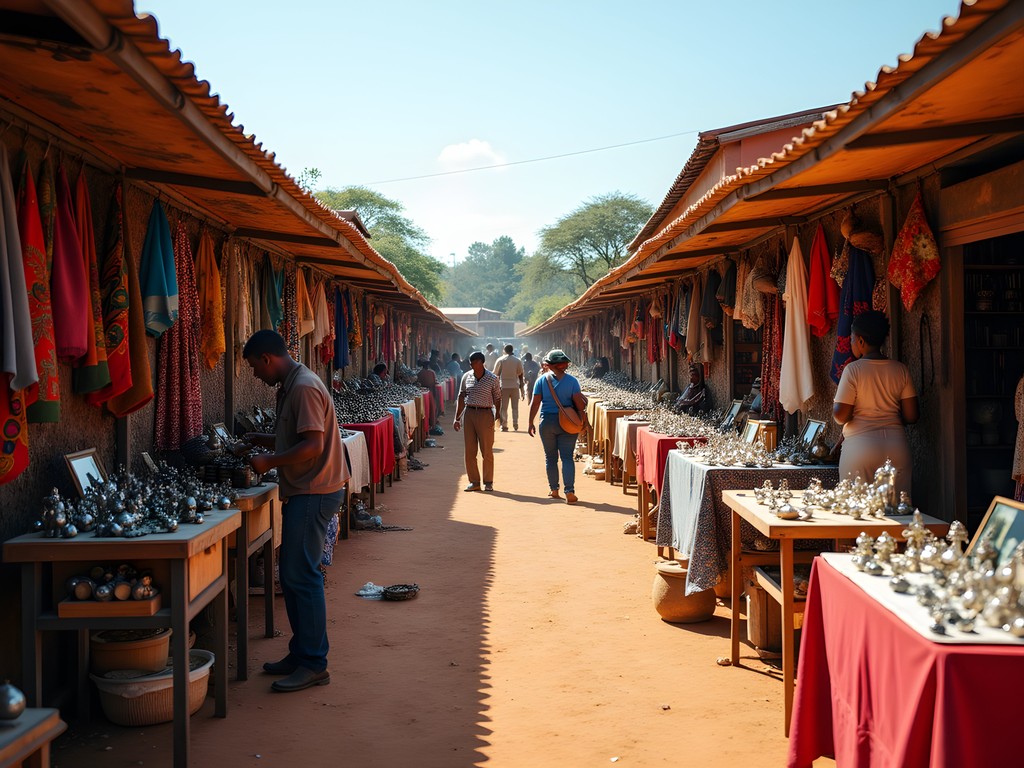
💡 Pro Tips
- Photograph items with vendor permission early in your visit, then complete a full market survey before returning to make purchases
- Use a notebook visibly to record prices quoted at different stalls - vendors communicate with each other and will know if you're comparison shopping
- The phrase 'Mila mieritreritra' (I need to think) provides a culturally appropriate way to politely exit negotiation without closing the door on future purchase
Final Thoughts
After a week investigating Antsirabe's craft ecosystem, my evidence conclusively shows this highland town offers Madagascar's most diverse artisanal experience for budget-conscious solo travelers. The systematic approach I've outlined – targeting specific workshops, understanding market dynamics, and learning basic negotiation protocols – transforms the shopping experience from tourist transaction to meaningful cultural exchange. What continues to fascinate me as an analyst is how Antsirabe's craft traditions represent perfect case studies in sustainable production and resource maximization. Nothing is wasted – from zebu horns to metal scraps to volcanic minerals – everything finds purpose through skilled hands. As you plan your own Antsirabe expedition, remember that the most authentic treasures often hide in plain sight, awaiting the observant investigator willing to venture beyond the obvious. Document your findings, respect the process, and you'll return with more than souvenirs – you'll possess a tangible connection to Madagascar's living artistic heritage.
✨ Key Takeaways
- Visit workshops directly rather than buying through hotel shops to ensure authenticity and better pricing
- Early morning market visits (6:30-7:30am) provide access to the highest quality selection before export buyers arrive
- Learning basic Malagasy phrases specific to negotiation dramatically improves both pricing and access to higher-quality items
📋 Practical Information
Best Time to Visit
September-November (fall shoulder season)
Budget Estimate
$30-50/day excluding purchases
Recommended Duration
4-7 days
Difficulty Level
Challenging

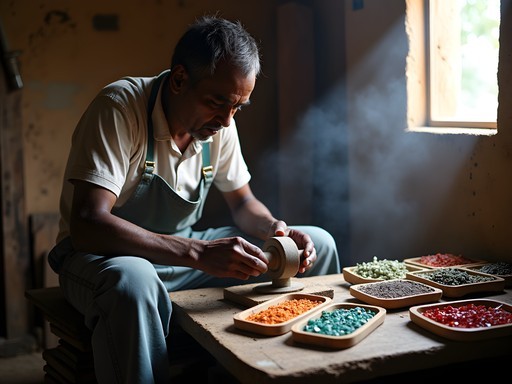
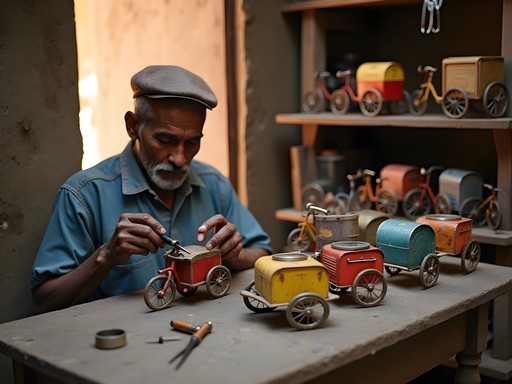
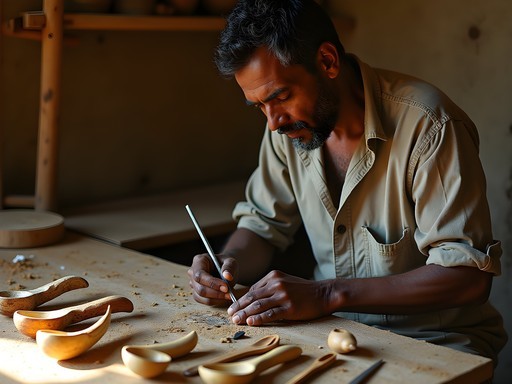
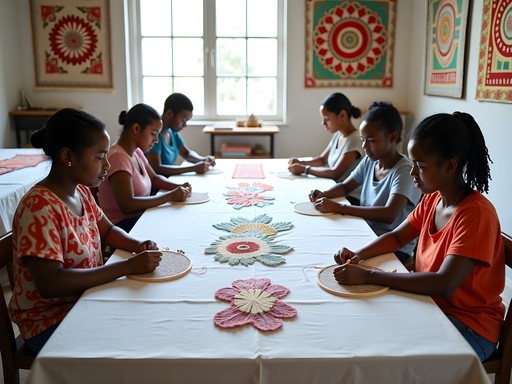
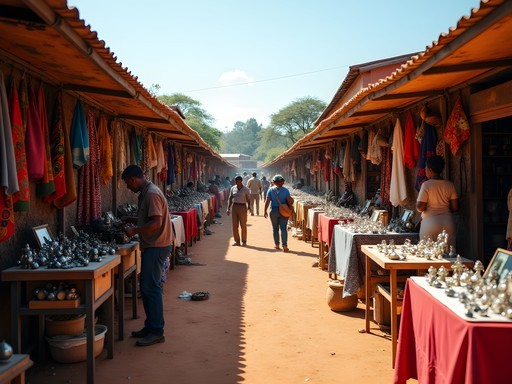


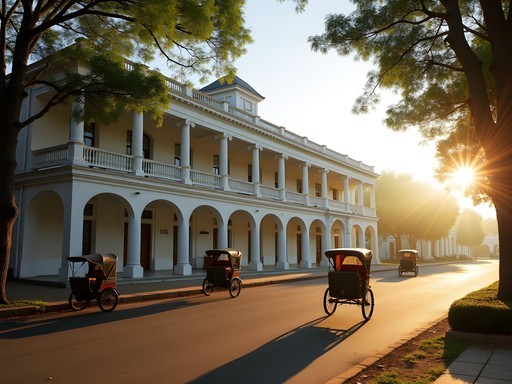



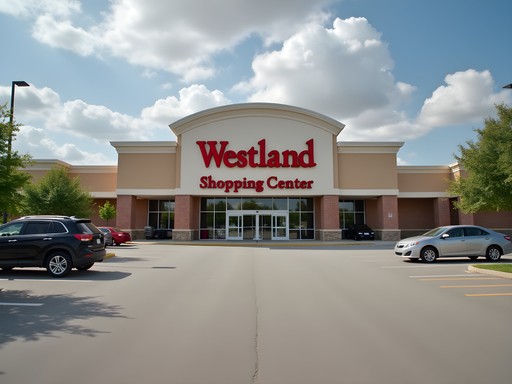



Comments
tripway
Great guide! We visited Antsirabe last year and found that hiring a pousse-pousse (rickshaw) for the day was the best way to visit multiple workshops without getting exhausted. Our driver knew all the best places and even helped negotiate prices. Just make sure you agree on a fair daily rate upfront - we paid about 60,000 Ariary ($15) for a full day and it was worth every penny. Also, if you're serious about gemstones, bring a small jeweler's loupe - really helpful for examining the stones before purchasing!
islandace
The pousse-pousse tip is gold! We did the same thing and our driver took us to his cousin's workshop where we got to try polishing stones ourselves. Such a cool experience!
tripblogger
Love this post! The miniature bicycles make perfect souvenirs - my nephews went crazy for them!
Gregory Boyd
Eric, your forensic approach to analyzing Antsirabe's craft economy provides valuable insights often missed in standard travel guides. During my three visits to Madagascar (2018-2022), I've documented significant evolution in the miniature bicycle craft sector. What began as simple tourist trinkets has developed into sophisticated art with established stylistic schools. I particularly appreciate your documentation of the supply chain dynamics. One observation: the recent introduction of semi-precious stone inlays in zebu horn carvings represents an interesting cross-pollination between craft disciplines that wasn't present in my earlier visits. Have you noticed this trend expanding to other crafts? I've documented this phenomenon in my Madagascar craft evolution database if you're interested in comparing notes.
exploreninja
Great post! How much should I budget for the gemstone workshops? Are they tourist prices or reasonable? Planning a trip for next year and trying to figure out how much cash to bring since ATMs seemed limited from what I've read.
Eric Stevens
The gemstone workshops have a range of prices. Small polished stones start around $5-10, while more elaborate jewelry pieces can be $30-100+ depending on materials and craftsmanship. Prices are generally fair but some negotiation is expected. And yes, bring cash - ATMs can be unreliable outside major cities!
exploreninja
Thanks so much! That helps a lot with planning.
islandace
Just got back from Madagascar last month and Antsirabe was definitely the highlight for artisan shopping! Those miniature bicycle artists are INCREDIBLE - my kids were mesmerized watching them work with recycled materials. We bought three different designs and they're now proudly displayed in our living room. The zebu horn carvings were amazing too, but I found the prices at the workshops near Hotel des Thermes to be better than the main market. Eric's tip about visiting early morning was spot on!
Eric Stevens
Thanks for the feedback, islandace! Glad to hear the early morning tip worked out. The workshops near Hotel des Thermes are indeed where many of the more established artisans work. Did you get a chance to visit the embroidery collective?
islandace
We did! My wife spent hours there and bought beautiful tablecloths. The women were so welcoming and even showed my daughter how to do some basic stitches. Definitely a highlight!
explorebuddy
Just booked my trip to Madagascar and adding Antsirabe to my itinerary specifically because of this post! Those miniature bicycles will make perfect gifts for my cycling-obsessed family. Can't wait to explore the "highland craft capital" - thank you for highlighting something beyond just the lemurs!
redphotographer
Any tips for photographing inside the workshops? I'm worried about lighting conditions.
photoperson
The lighting can be challenging! I found most workshops have decent natural light near windows, but bring a fast lens. I used my 35mm f/1.8 most of the time. Always ask permission first - some artisans prefer no photos or may request a small tip.
bluebackpacker
How many days would you recommend staying in Antsirabe to see all these artisan workshops?
Sarah Powell
I'd recommend 3 full days minimum. One day for gemstone workshops, one for the bicycle makers and horn carvers, and one for textiles and exploring the local markets.
bluebackpacker
Thanks Sarah! That's super helpful for planning my trip.
photoperson
I visited the lapidary workshops last month and was blown away by their skill. Ended up buying several polished labradorite pieces that catch the light beautifully. The workshop owners were super friendly and showed me their whole process from rough stone to finished product. Definitely worth spending half a day exploring the different workshops to compare styles and prices.
globeseeker
Just returned from Antsirabe last week and can confirm everything in this post is spot on! The miniature bicycle makers were incredible to watch. I spent hours observing one artist who could create a perfect tiny bicycle in under 30 minutes. Prices have gone up a bit since this was posted though - the medium-sized bikes now start around 45,000 Ariary (about $10). The embroidery collective was definitely my favorite stop!
Venture X
Premium card with 2X miles, $300 travel credit, Priority Pass